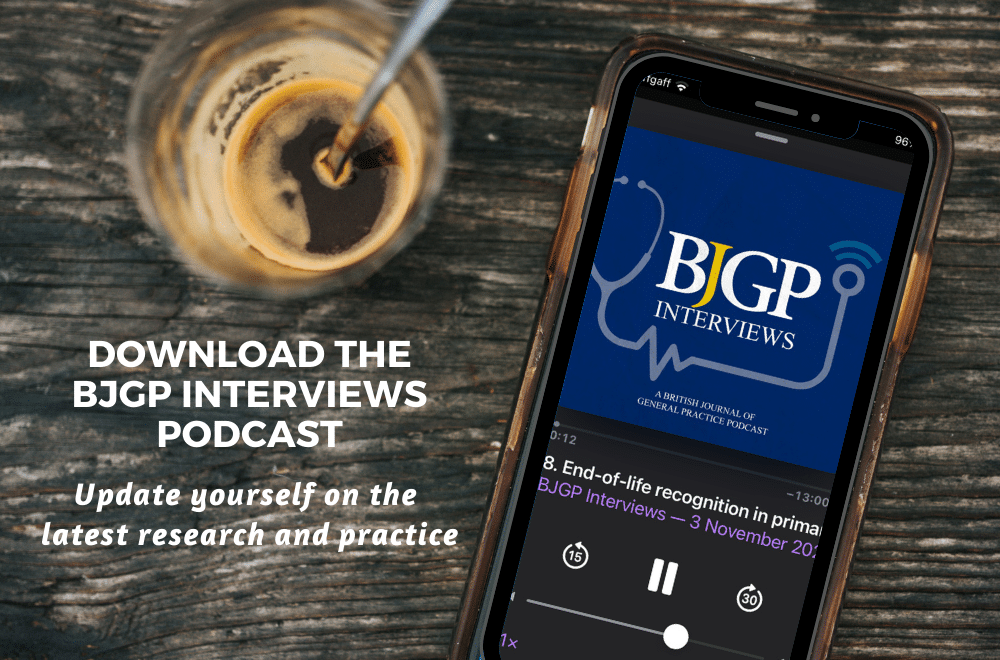 Lara Shemtob is an Academic Clinical Fellow in General Practice at Imperial College London.
Lara Shemtob is an Academic Clinical Fellow in General Practice at Imperial College London.
GPDPR stands for General Practice Data for Planning and Research. This describes a new initiative from NHS Digital to collect data held in GP medical records, and replaces the General Practice Extraction Service (GPES) which has performed a similar function over the last 10 years.1
The difference with GPDPR is that the data extracted by NHS digital will be available to third parties for research and planning. NHS digital will pseudonymise the data, which can be converted back to identifiable information in certain circumstances and where there is valid legal reason. Patients can opt out of NHS Digital collecting their data altogether by completing an opt out form and handing this in at their GP practice before 23 June, or opt out of NHS Digital sharing their personally identifiable data by changing their settings on the NHS app or online. Anybody who opts out after data extraction begins on 1 July will be able to stop further data being collected or shared from the point of opt out.
Data extracted by NHS digital will be available to third parties …. [the data] can be converted back to identifiable information in certain circumstances.
GPDPR will serve a similar purpose to care.data. This time around, there seems to have been less of an effort to communicate the plans to patients. The majority of the communication has been published online by NHS Digital where it is searchable and accessible, rather than being sent to patients directly. NHS Digital posted an introductory video on YouTube on 12 May which has had under 1000 views at the time of writing. It is difficult to tell how many patients have engaged with the other explanatory content on the NHS Digital website, which some GP practices have linked to via their websites, or via a poster with a QR code in practices. Digital rights and healthcare data privacy campaign groups have been vocal in their concern about GPDPR, whilst NHS Digital has maintained that the programme is appropriate, has been carried out in consultation with a broad range of stakeholders and upholds rigorous privacy and security standards.
Patients can opt out of NHS Digital collecting their data altogether by completing an opt out form.
- General Practice Data for Planning and Research (GPDPR) [Internet]. NHS Digital. [cited 2021 May 28]. Available from: https://digital.nhs.uk/data-and-information/data-collections-and-data-sets/data-collections/general-practice-data-for-planning-and-research
- NHS England » NHS England sets out the next steps of public awareness about care.data [Internet]. [cited 2021 May 28]. Available from: https://www.england.nhs.uk/2013/10/care-data/
Featured photo by Mostafa Meraji on Unsplash





If people come here looking for a guide to opting out of GPDPR, including Type1 Opt-Out forms to download, you can find them here: https://www.digitalhealthcoachuk.net/gpdproptoutexplained This is a lot simpler than clicking through 3-4 confusing screens in the NHSD website.